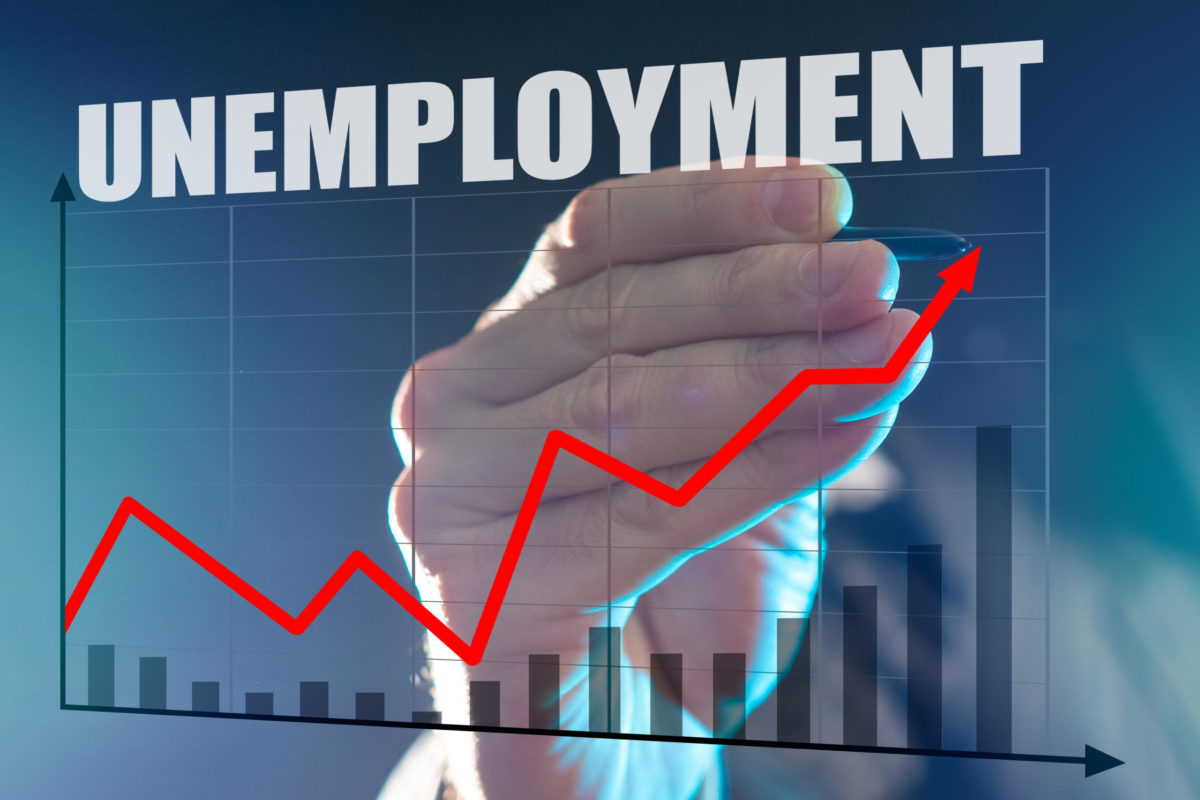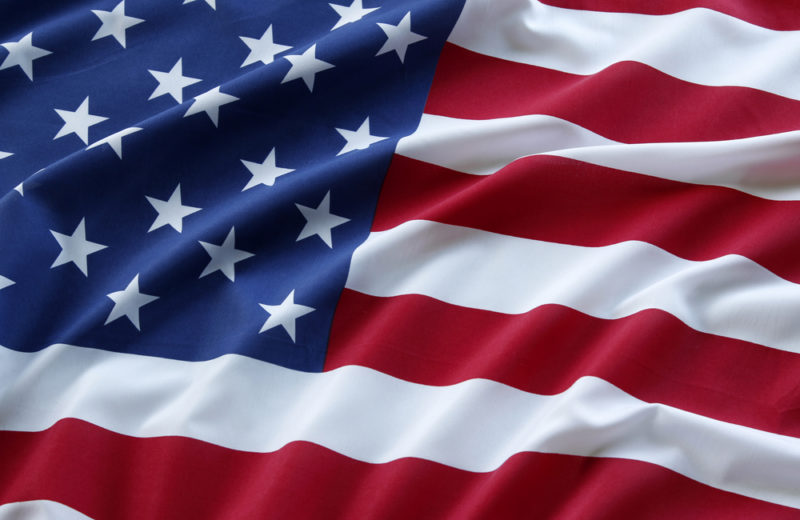Key Points
- US Retail sales increased 0.6% from January to February despite a 1.1% decline the previous month.
- Economic strengths include continuous hiring and wage gains, driving retail spending up.
- Category-specific performance highlights growth in home improvement, car sales, and electronics, with a notable decline in furniture sales.
- Labour market strength continues to bolster consumer spending, though inflation concerns and high interest rates pose challenges.
- Retail giants like Target and Dollar Tree face hurdles, reflecting broader market uncertainties.
Newly released figures from the US indicate a 0.6% upturn in retail sales between January and February. This follows a revised 1.1% decline in January. However, this rise was below what economists had anticipated. It’s important to note that these sales figures aren’t adjusted for inflation’s influence when considering seasonal fluctuations. The cold weather in January notably impacted sales, discouraging consumers from venturing outdoors.
7-Month Gain in Retail: Economic Resilience Shines
The US economy shows resilience, underpinned by steady hiring and solid wage growth. Retail spending has risen 7 out of 10 months, indicating underlying economic strength. However, specific sectors tell varied stories. Home improvement stores and car dealerships experienced gains while furniture sales dipped. This mixed performance underscores the diverse influences at play in the retail sector.
Labor Strength vs. Inflation: A Spending Dilemma
A robust labour market is expected to sustain consumer spending. Despite rising interest rates and diminishing pandemic savings, a significant pullback in spending has yet to be seen. However, with inflation lingering above 3%, consumer caution is evident. Retailers like Target and Dollar Tree have felt the impact, with Target noting its first sales drop since 2016 and Dollar Tree planning significant store closures.
Dollar Tree’s decision to close nearly 1,000 stores signals difficulties ahead. Similarly, McDonald’s observations about lower-income Americans opting to cook at home reflect broader economic pressures. These developments highlight the nuanced realities facing retailers and consumers alike.
High-Interest Rates: A 23-Year Peak Challenge
Inflation exceeds the Federal Reserve’s 2% target, keeping interest rates at a 23-year high. The Fed’s next steps are crucial, with expectations leaning towards maintaining current rates. This cautious approach reflects the delicate balance required to manage inflation without stifling economic growth.
2024’s Retail Sector: Growth Amidst Economic Tests
The retail sector’s early 2024 performance offers insights into the broader economic landscape. Growth in certain categories and overall economic strength provide reasons for optimism. However, challenges such as inflation and changing consumer behaviors necessitate careful navigation by retailers. As the year progresses, the interplay of these factors will be critical in shaping the retail industry’s trajectory.













